The War - Season 1
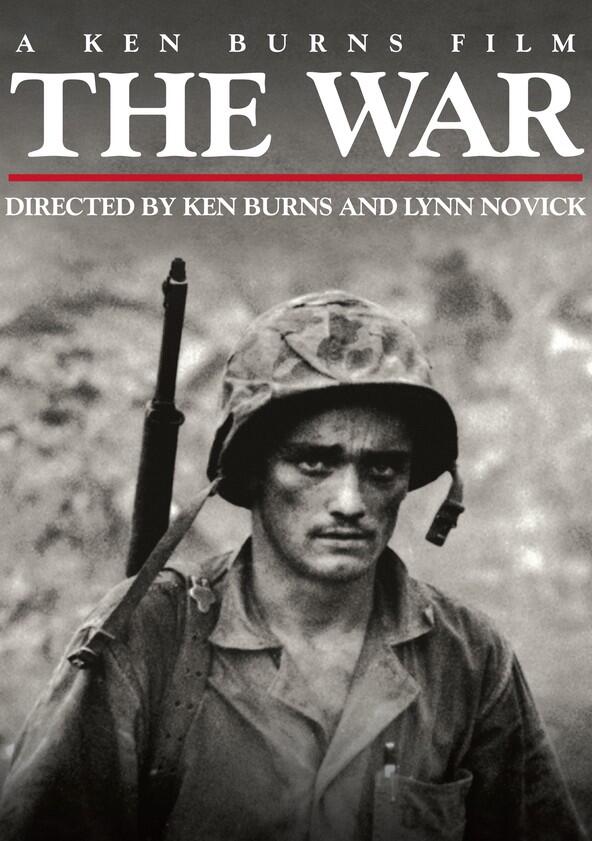
Season 1

Episodes
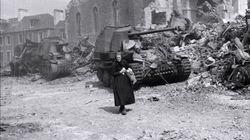
A Necessary War
(December 1941 - December 1942) Introduction to the American entry into World War II. Tells us about the four towns mentioned that Burns selected for its wartime experiences and of the residents of those places. By this time, they have already known of the early initial conflicts of World War II in Europe through newspapers and newsreels, but it was only through the attack on Pearl Harbor that roused an isolationist, unprepared country into mobilizing for war. But setbacks arose: The Philippines fell and with it the internment of Americans at Santo Tomas in Manila and the Bataan Death March. American shipping became easy prey for German U-boats along the American coast and in the Atlantic. But America succeeds in stopping the Japanese advances at Midway and Guadalcanal.
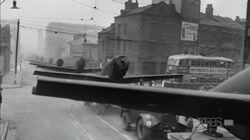
When Things Get Tough
(January - December 1943) With American industry in full production, the United States entered the European war through the North African Campaign where they, together with Allied forces, eventually defeat the Germans in Tunisia despite the initial disaster in the Battle of Kasserine Pass. The air war over Europe and the bombing of Germany. Allied forces commenced the Italian Campaign through the invasions of Sicily and Salerno, punctuated by the experiences of the soldiers from the towns featured. The internment of Japanese Americans is also further discussed.
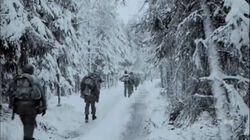
A Deadly Calling
(November 1943 - June 1944) The American mobilization transformed cities like Mobile, Waterbury, and Sacramento into boom towns. Mobile thrived on its extensive shipyards that employed many African-Americans, but racial segregation hampers the war production effort in the United States, resulting in ugly riots like in Mobile. African-Americans, as well as Japanese-Americans, were nevertheless recruited by the armed forces into combat units and sent into action, though African-American units were still segregated. The American public finally gets to see the bloody sacrifice of their armed forces through pictures published in LIFE: one of these is the deads on the shore of Buna. The American offensive in the Central Pacific begins with the Battle of Tarawa. The grueling and costly battles of Anzio and Monte Cassino in the Italian campaign. Eventually, the Allies triumph and General Clark's forces take Rome.
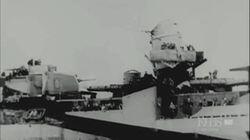
Pride of Our Nation
(June - August 1944) On D-Day, 1.5 million Allied troops embark on the invasion of France, which, after initial setbacks, succeeded. D-Day is followed by the lengthy Battle of Normandy, which ends after three months with the liberation of Paris. The Marines meanwhile fight a costly battle on the island of Saipan in the Western Pacific. These were punctuated by recollections of the participants of the designated towns. The American public, through radio, the press and newsreels, were normally kept informed of the progress of the war. However, as the war progresses, the dreaded War Department casualty telegrams appear at a fast rate.
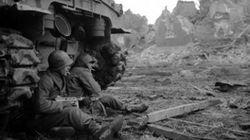
FUBAR
(September–December 1944) This episode starts with the mistaken Allied assumption that the war in Europe would be over before the winter of 1944. It covers the disastrous Operation Market Garden; the bloody invasion and battle of Peleliu; the incompetence of General Dahlquist and the rescue of the Lost Battalion by the 442nd during the horrendous Battle of Hürtgen Forest. But there are achievements: General MacArthur returns to the Philippines following the US invasion, much of the Japanese fleet was destroyed at the Battle of Leyte Gulf, the heroism of the Japanese-American 442nd Regimental Combat Team; the thrill of the internees at the Santo Tomas internment camp in Manila in seeing American planes strafing Japanese ships in Manila Bay and the fall of Aachen, the first German city to be captured by the Allies. There are the experiences of African-American servicemen and those of American Indians. But the reality is that the war will not end in 1944, and more ground will have to be covered and lives lost to achieve the ultimate victory.
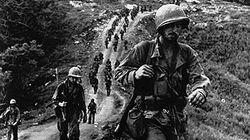
The Ghost Front
(December 1944 – March 1945) The Germans launch a major surprise offensive in the Ardennes which becomes known as the Battle of the Bulge; the battle develops into the bloodiest of the war for the Americans. The siege of Bastogne and combat stress reaction during the war. The Santo Tomas internment camp is liberated following the Battle of Manila. The Marines assault Iwo Jima. The controversial air war against Japanese and German cities towards the end of the war. The final invasion of Germany and General Patton's attempts to rescue his son-in-law from a German prison camp behind the German lines. There are also insights into the role of medics in combat, pinups and American POWs in Japan. But still, there are newspaper reports of new setbacks and losses, and the endless and unendurable telegrams bearing the bad news from the War Department.
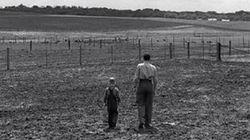
A World Without War
(March–September 1945) The War finally reaches its end: the bloody Battle of Okinawa and the kamikaze attacks. The death of President Roosevelt and the assumption to office of Harry Truman. The Soviets commence their final assault on Berlin. Hitler's suicide and the fall of the Third Reich. The awful reality of Nazi Germany is discovered with the liberation of the Nazi concentration camps and death camps. VE Day following Germany's surrender. The sinking of USS Indianapolis. Plans for the ultimate, long, and bloody conquest of Japan. The atomic bombings of Hiroshima and Nagasaki. The liberation of the American POWs in Japan and VJ Day following the Japanese surrender at the USS Missouri. The episode concludes with the return and reunification of the American fighting men, and the fates of the towns and personalities first featured earlier in this series as they, and the United States, continue with the business of living in a postwar world. Extras: This is followed by David Brancaccio interviewing Ken Burns, Rev. Forbes, and Lynn Novick about what they were attempting to accomplish in this production.
Recently Updated Shows
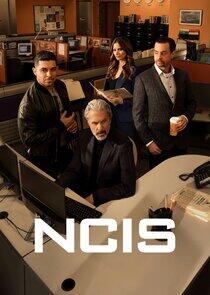
NCIS
NCIS (Naval Criminal Investigative Service) is more than just an action drama. With liberal doses of humor, it's a show that focuses on the sometimes complex and always amusing dynamics of a team forced to work together in high-stress situations. Leroy Jethro Gibbs, a former Marine gunnery sergeant, whose skills as an investigator are unmatched, leads this troupe of colorful personalities. Rounding out the team are Anthony DiNozzo, an ex-homicide detective whose instincts in the field are unparalleled and whose quick wit and humorous take on life make him a team favorite; the youthful and energetic forensic specialist Abby Sciuto, a talented scientist whose sharp mind matches her Goth style and eclectic tastes; Caitlin Todd, an ex-Secret Service Agent; and Timothy McGee, an MIT graduate whose brilliance with computers far overshadows his insecurities in the field; Assisting the team is medical examiner Dr. Donald "Ducky" Mallard, who knows it all because he's seen it all, and he's not afraid to let you know. From murder and espionage to terrorism and stolen submarines, these special agents travel the globe to investigate all crimes with Navy or Marine Corps ties.



